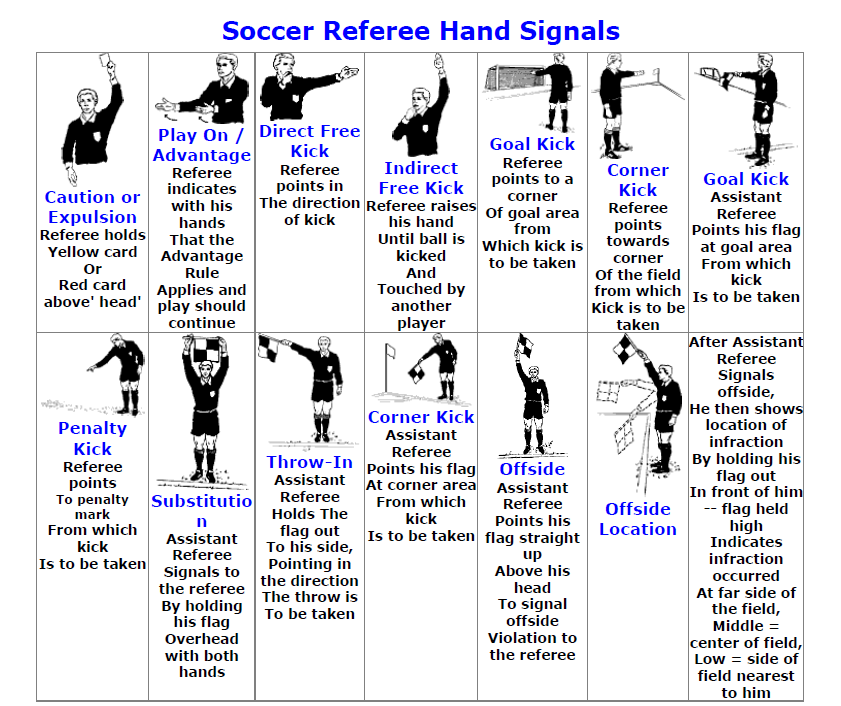
Is Soccer Easy

Understanding Soccer: An Exploration into Its Complexity
Ever wondered about the intricacies involved in the world’s most popular sport, soccer? Millions of fans across the globe passionately follow the sport, lured by its seemingly simple premise of maneuvering a ball into a goal. But there’s more than meets the eye. Is soccer really as straightforward as it seems, or does it hide layers of complexity beneath its surface-level simplicity? Let’s dig in and find out.
Physical Demands of Soccer
The Endurance Factor
Don’t let the relaxed pace of a soccer match fool you. Players often cover 9-12 kilometers over the span of 90 minutes, interspersed with bursts of speed, demanding immense stamina. Soccer isn’t just about running, though. It requires maintaining fitness levels to perform optimally throughout a match, from the first whistle to the last.
Technical Skill Requirement
Executing a perfect pass or keeping control of the ball while under pressure from opponents is no mean feat. Mastery over the ball demands precision, coupled with dexterity and agility. These are essential to weave through opponents and navigate the field, making the game far from easy.
Tactical Complexity in Soccer
Strategic Aspects of the Game
In soccer, positioning and spacing can make or break a game. Players must be aware of their surroundings, adapting dynamically to the evolving game situation. Split-second decisions, such as when to move forward, when to pass, or when to shoot, add to the game’s tactical complexity.
Team Coordination and Communication
No player can single-handedly win a match. Soccer necessitates effective communication and synchronization with teammates—a silent language on the pitch. This coordination can be challenging, as players have to read each other’s intentions and movements in real-time.
Mental Challenges in Soccer
Psychological Aspects Involved
The stakes run high in soccer, with players often performing under stressful situations. Imagine standing for a penalty kick with the match result hanging in the balance. The pressure is immense, requiring mental strength and resilience to bounce back from setbacks.
Anticipating Game Flow
Soccer also demands a high level of strategic thinking and anticipation. Players must read their opponents’ movements, predict the game’s flow, and take preemptive actions—another aspect that elevates soccer’s difficulty level.
Conclusion
A surface-level glance at soccer might lead you to perceive it as simple. However, a closer look reveals the layers of complexity embedded in the sport. From physical endurance and technical skills to tactical understanding and mental resilience, soccer is a nuanced game that challenges its players on multiple levels. It’s the ability to appreciate these intricacies that truly sets apart the lovers of the beautiful game.
FAQs
Is Soccer Easy for Beginners?
While soccer’s rules might be straightforward, mastering the sport requires practice. Beginners can start with basic drills and gradually move on to more complex techniques and strategies.
Can Non-Athletes Play Soccer?
Absolutely! Soccer is inclusive and can be enjoyed at different skill levels. Recreational leagues and casual games are perfect for those who want to play for fun and fitness.
Is Soccer Suitable for Children?
Yes, soccer is great for children. Besides physical fitness, it promotes teamwork, strategic thinking, and discipline. Many clubs offer age-appropriate training programs.
How Does Soccer Compare to Other Sports in Terms of Difficulty?
The difficulty of a sport is subjective, depending on an individual’s abilities and interests. However, soccer does require a blend of physical fitness, technical skills, and mental agility, making it both challenging and rewarding.




